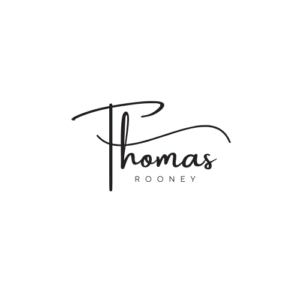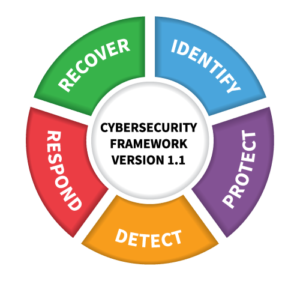In an era where digital threats are ever-evolving, the importance of implementing a robust cybersecurity framework cannot be overstated. For businesses, selecting the right framework is not just a matter of compliance, but a strategic step towards safeguarding their assets, data, and reputation. This post will guide you through the process of choosing the appropriate cybersecurity framework for your business, ensuring that you are well-equipped to tackle the challenges of the digital world.
Understanding Cybersecurity Frameworks
Before diving into the selection process, it is crucial to understand what cybersecurity frameworks are and why they are indispensable. A cybersecurity framework is a set of guidelines, best practices, and standards designed to help organizations manage and mitigate cyber risks. These frameworks provide a structured approach to identifying, assessing, and responding to cybersecurity threats.
The Significance of Selecting the Right Framework
Choosing the right cybersecurity framework is not a one-size-fits-all solution. The framework you select should align with your business objectives, regulatory requirements, and the specific risks your organization faces. A well-chosen framework can streamline your cybersecurity processes, enhance your security posture, and provide a clear roadmap for continuous improvement.
Key Considerations for Framework Selection
Business Size and Complexity
Small businesses might benefit from a simpler, more flexible framework, while large enterprises may require a comprehensive framework that can be integrated across different departments and geographies.
Industry-Specific Risks
Certain industries, such as finance or healthcare, are subject to specific regulatory requirements and face unique cybersecurity challenges. Select a framework that caters to these industry-specific needs.
Compliance Requirements
Your business may need to comply with certain laws and regulations, such as GDPR, HIPAA, or PCI-DSS. Ensure that the framework you choose addresses these compliance obligations.
Existing Security Practices
Evaluate your current cybersecurity practices and choose a framework that can build upon them, rather than one that necessitates a complete overhaul.
Popular Cybersecurity Frameworks
Several cybersecurity frameworks have gained prominence among businesses. Here’s a brief overview of some widely-used options:
NIST Cybersecurity Framework (CSF)
Developed by the National Institute of Standards and Technology, the NIST CSF is versatile and can be tailored to any organization’s size and complexity.
ISO/IEC 27001
This international standard provides requirements for establishing, implementing, maintaining, and continually improving an information security management system (ISMS).
CIS Controls
The Center for Internet Security (CIS) Controls offers a concise, prioritized set of actions to protect organizations and data from known cyber attack vectors.
COBIT
COBIT (Control Objectives for Information and Related Technologies) is a framework for the governance and management of enterprise IT, emphasizing regulatory compliance, risk management, and aligning IT strategy with business goals.
Implementing Your Chosen Framework
After selecting the right framework, the implementation process involves:
- Gap Analysis: Assess your current cybersecurity state compared to the framework’s requirements.
- Planning: Develop a strategy to address gaps and integrate the framework into your business processes.
- Execution: Implement the necessary controls, policies, and procedures outlined in the framework.
- Training and Awareness: Educate your staff about the new cybersecurity practices and their roles in maintaining security.
- Continuous Monitoring and Improvement: Regularly review and update your cybersecurity measures to adapt to new threats and changes in the business environment.
Conclusion
The right cybersecurity framework is a cornerstone of your business’s defense against cyber threats. By carefully considering your organization’s unique needs and the various frameworks available, you can choose a path that not only protects your business but also supports its growth and success in the digital landscape. Remember, cybersecurity is not a destination but a continuous journey that requires vigilance, adaptation, and a proactive mindset.

